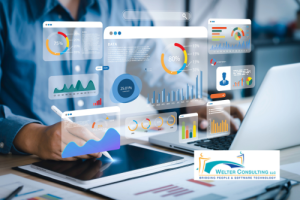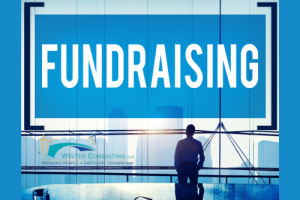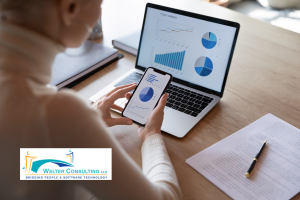For system conversions to go smoothly, you need a steady, experienced consultant to help you avoid mistakes. We’ve found throughout the years of offering this service that accounting system conversions that go awry do so because of avoidable mistakes. Here’s a rundown of some of the mistakes we have seen and our advice on avoiding them. And, if you are looking for help with your accounting system conversion, please contact us for more information about our service.
What Is an Accounting System Conversion?
An accounting system conversion involves migrating financial data and processes from one software platform to another, typically upgrading from an outdated system to a more suitable one. The process starts with assessing current system limitations and identifying new requirements.
After selecting a new system based on factors like features and scalability, the data migration phase begins. This includes exporting, cleaning, and importing data to ensure accuracy and preserve historical financial information.
Configuration follows, setting up the new system’s structure, workflows, and integrations. Thorough testing ensures functionality, often with parallel runs alongside the old system. Staff are trained to use the new software effectively before a planned cutover to fully implement the new system. Ongoing support is crucial post-conversion to address any issues and ensure smooth operations.
Common Mistakes to Avoid During Accounting System Conversion
Some mistakes we’ve seen organizations make when moving from one accounting system to the other are:
- Choosing a system simply based on what the CFO or someone else in accounting has used in the past: We all gravitate towards what is familiar to us. But it’s important that your organization chooses the right accounting system for its needs. Don’t limit yourself to software that you’ve used before. Working with an external consultant ensures that the requirements gathering phase of software conversion is comprehensive and the selection of vendors is impartial. It can improve your odds of finding the right software by avoiding the “comfortable clothes” syndrome – choosing software because it’s comfortable, like a favorite t-shirt or pair of sweatpants. What’s comfortable isn’t always the right choice.
- Moving too fast: Some companies decide they want a new platform and purchase the first thing they see. They move too quickly, skipping several steps in the process. There’s an old saying: “Marry in haste, repent at leisure.” Choosing new technology too fast is like that too: “Pick an accounting system too quickly, repent at leisure.” Don’t skip the steps in between. The right system will make such an impact on your productivity that rushing into a bad system is probably worse than not moving to a new platform at all.
- Following trends instead of functionality: Another pitfall to avoid is looking for trendy features in accounting software rather than focusing on the bread and butter features you need. It’s exciting to see the latest advancements in accounting software: colorful reports, amazing automation and so on. However, trendy features provide no value to your organization if you won’t use them. Focus on identifying unmet needs and selecting software based on organization wide needs.
- Failing to consider all aspects of the system: Choosing a new software platform is more than assessing features. You’ll need to determine whether cloud or on premises systems is best for your needs. You may need to figure out which platform works with other existing systems or how they will interact with each other. There are many aspects to consider when evaluating accounting software that go far beyond the accounting platform itself.
- Not considering follow-up training and support: Moving to a new accounting platform means a learning curve. No matter how easy the system is to navigate or how user-friendly the dashboard is, there’s going to be some training involves. You must consider both the vendor from which you are purchasing the system as well as the training and aftercare they offer. Not all vendors offer the same level of post-purchasing implementation support and training. Be sure to read through their offer thoroughly, and make sure that it meets your needs. The best system in the world won’t be enough if you don’t know how to use it or lack training resources for your team.
Accounting Software Selection, Implementation, and Support
Welter Consulting offers a comprehensive and personalized approach to nonprofit accounting software selection, implementation, and support. Vicki is well-versed in all aspects of nonprofit accounting and can help you throughout the entire re-platforming process. For example, we were able to help OPAL Land Trust with their accounting system conversion, solving many tricky problems for the nonprofit. Please contact us for more information on how we can help you through your system conversion.
Welter Consulting
Welter Consulting bridges people and technology together for effective solutions for nonprofit organizations. We offer software and services that can help you with your accounting needs. Please contact us for more information.








Recent Comments